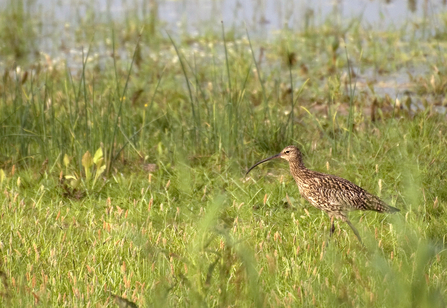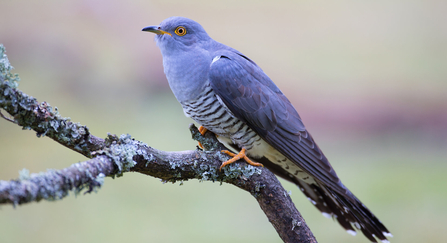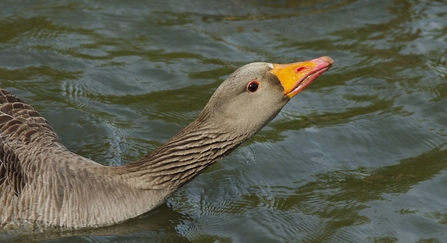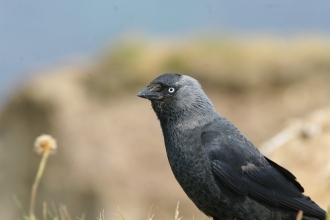In the birding world, July marks the start of autumn passage and the massed southward migration of countless millions of birds.
There’s usually a brief pause in late June when the very last north-bound migrants have passed through and, for a few days, perhaps a week, there are no migration movements, and then the tide turns with the first returning birds, often waders from the high Arctic, heading back south.





